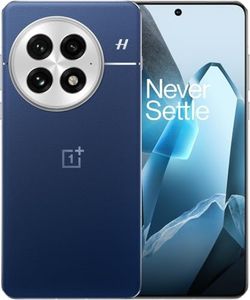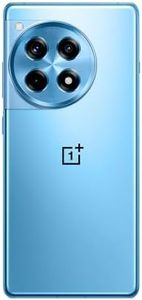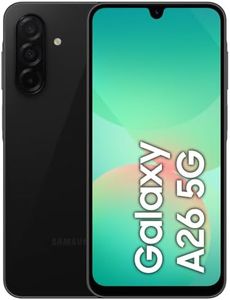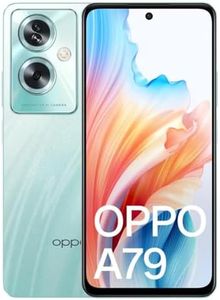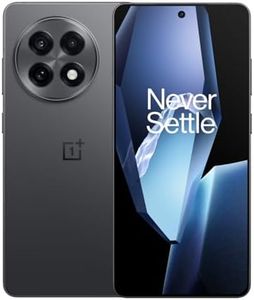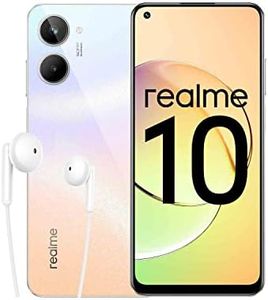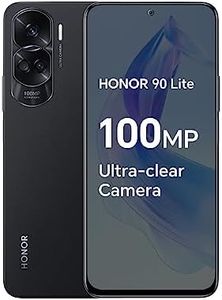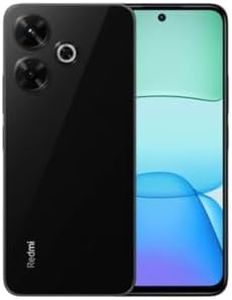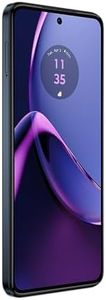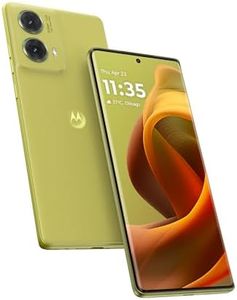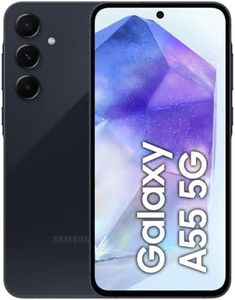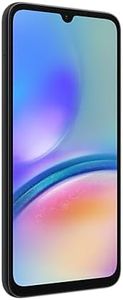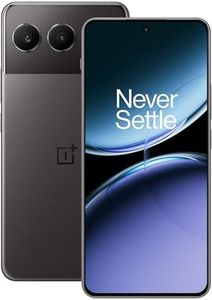We Use CookiesWe use cookies to enhance the security, performance,
functionality and for analytical and promotional activities. By continuing to browse this site you
are agreeing to our privacy policy
10 Best Affordable Smartphones
From leading brands and best sellers available on the web.Buying Guide for the Best Affordable Smartphones
Choosing an affordable smartphone can be a rewarding experience if you know what features matter most to you. With many available options, it's important to focus on the aspects that impact your daily use such as performance, camera quality, battery life, and display. Understanding your needs and prioritizing the features you'll use the most will help guide you to a device that feels like a great fit without overspending.Display QualityThe display is what you look at and interact with every time you use your phone. It’s measured by its size (in inches, corner-to-corner) and its resolution (how sharp the picture looks). Smaller screens (around 5-5.5 inches) are lightweight and pocket-friendly but may feel cramped; larger screens (over 6.5 inches) offer a more immersive experience for movies and games but can be harder to use with one hand. Resolution matters for clarity—HD screens are clear enough for most, but Full HD offers sharper details. If you watch a lot of videos or read on your phone, aim for a bigger and crisper display, but if you use your phone mainly for calls and messaging, a basic screen works well.
Processor and RAMThe processor and RAM together determine how fast and smooth your phone feels. Entry-level phones have basic processors and 2-3GB of RAM, good for calls, messaging, and light browsing. Mid-tier devices offer faster processors and 4-6GB RAM, making them better for multitasking and games. If you only need your phone for texting and social apps, lower specs are fine, but if you plan to play games or keep many apps open, opt for more RAM and a newer processor.
Battery LifeBattery size is measured in milliamp-hours (mAh), and it affects how long your phone lasts between charges. Small batteries (under 3500mAh) might only get you through the day with light use, while larger batteries (4000mAh and above) can last well into the next day, even with frequent use. Consider your daily routine—if you’re often away from a charger, prioritize battery life. If you don’t use your phone much during the day, a smaller battery will likely be enough.
Camera QualityAffordable smartphones have improved a lot in camera quality, but differences remain. Higher megapixels can help photos look sharper, but other factors like sensor quality and software processing matter too. Single cameras are fine for casual snaps; dual or triple cameras add possibilities like wide-angle or portrait modes. If photography is important to you, check for features like night mode and image stabilization, but for simple social media posts, a basic camera setup will do the job.
Storage CapacityStorage is where your apps, photos, videos, and files are kept. Lower-end phones start with 32GB, which fills up quickly if you love taking photos or downloading apps. 64GB is more comfortable for most users, and 128GB+ is ideal if you store lots of music or media. Some phones let you add a microSD card for extra space. Pick based on your habits: frequent photographers and media fans need more space, while light users can save by choosing a lower capacity.
Software and UpdatesThe operating system (usually Android or iOS) and its version affect what features and apps you can run. Newer versions have better security and features but may run slower on low-end hardware. Some brands offer regular updates, while others don’t. If privacy and new features matter to you, look for a device that comes with the latest software and promises at least a couple years of updates. If you’re less concerned, an older version might be fine as long as it does what you need.
Build Quality and ExtrasBuild quality covers how sturdy and comfortable the phone feels in your hand—plastic bodies are lighter and often more impact resistant, while metal or glass feels more premium but can be heavier or more fragile. Extras can include features like fingerprint sensors, facial unlock, headphone jacks, and water resistance. Decide which features you’ll actually use; for example, if you listen to music with wired headphones or want to unlock your phone quickly, these are important details to look for.
